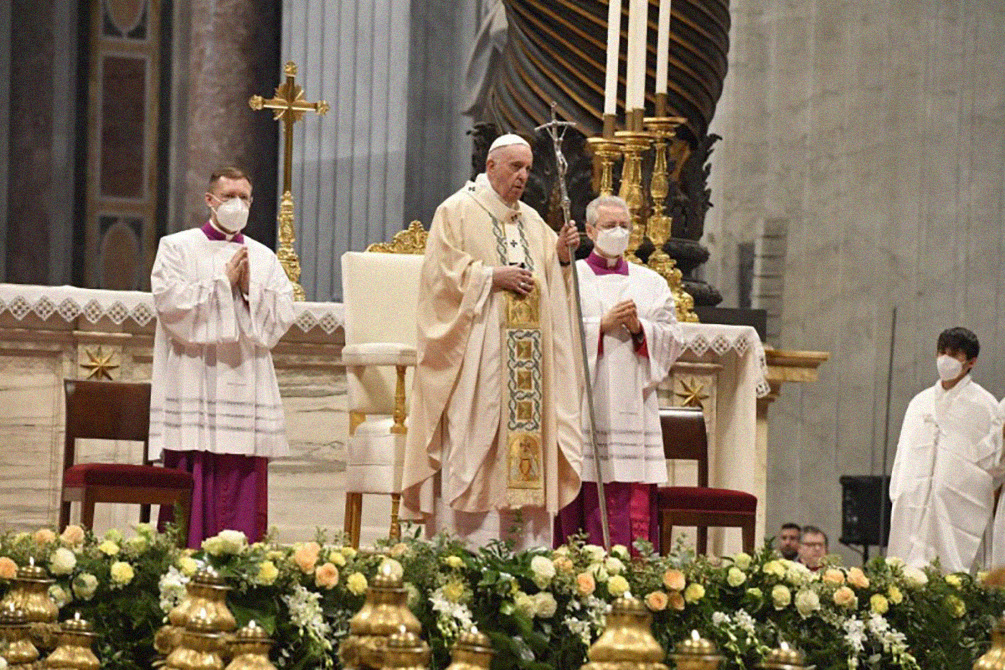
The Servant of God, Carlo Acutis
THIS IS AN apologetic attempt to feature the 15-year-old who saw the face of Jesus in those who suffer. In my article “Holy Spirit Parish Faithful Bless Marian Sanctuary” last December 8, 2016, I mentioned that I will write a separate one on Carlo. I wanted to ask the permission of his mother, for ethical purposes but, browsing through the web, I ventured onto this gem of a find, making any effort unnecessary. Moreover, there is another feature on him posted by Ate Thelma on facebook on January 14, 2017, which more than honors the young candidate for beatification.
“The brainchild of young Servant of God Carlo Acutis, an exhibition on Eucharistic miracles, has collected over 130 prodigious facts testifying to the real presence of Jesus in the Eucharist.
There is a red woven thread of wonder that runs through the history of the Church. An extraordinary event that transcends the laws of nature to show us the heart, the summit and the core of God’s great plan. This crucial fact, the death and resurrection of Jesus, determines our faith.
From the Andes to the Indian Ocean, through all of Europe and the Middle East, Eucharistic miracles are an invisible bond linking people to the mystery and beauty of God’s presence. Cataloguing all the miraculous events, throughout history, where the consecrated Host turned into flesh, and the wine into blood, or when the Sacred Species was saved from desecration, theft and fire is a difficult task. The exhibition on Eucharistic miracles, thanks to a large collection of photographs and abundant historical descriptions, is unique.
About 136 Eucharistic miracles that occurred over the centuries in different countries around the world and have been acknowledged by the Church, have been collected by this museum that runs through the panels which “virtually” lead us in the places where the events occurred. Already hosted in all five continents, thousands of parishes, 100 universities in the United States and in major Marian shrines throughout the world, the exhibition is the brainchild of young Carlo Acutis.
Born in London on 3 May 1991 (where his parents used to work) and died in 2006, at age 15, due to a fulminant leukaemia, Carlo focused his short life on developing a friendship with Jesus. Friendship that granted him the strength to face death with amazing courage, minimizing the pain which doctors described as atrocious and deciding to offer them for the good of the Church and Pope Benedict XVI.
A multitude of moved people took part in his funeral. Whoever knew him acknowledged that they met a special teenager. Self-confident, lively, passionate about sports and a computing expert, Carlo had an ability to make himself close to those who suffer, friends or acquaintances. In each he saw the face of the One who is the center of his affection.
At just 11 years old, he decided to talk about his special bond with the Eucharist. “The more Eucharist we receive, the more we will become like Jesus, so that on this earth we will have a foretaste of Heaven,” he wrote. He asked his parents to take him in all the places where the Eucharistic miracles took place. Hence the idea of the creation of this exhibition assumed a primary historical value.
Its organisation took about two and a half years. A long, but worthwhile, work. As you can read on the website, “The spiritual effects brought about by the exhibition could not have been predicted before its opening.” The initiative’s goodness is underlined by the authoritative foreword of Cardinal Angelo Comastri, Archpriest of the Vatican Basilica, and another from Monsignor Raffaello Martinelli who was,  at the time, the Head of the Catechetical Office of the Congregation for the Doctrine of the Faith.
at the time, the Head of the Catechetical Office of the Congregation for the Doctrine of the Faith.
Some recent Eucharistic miracles were added after Carlo’s death. Among these, there is one which happened in Tixtla, Mexico, on October 21, 2006, just nine days after the death of the exhibition’s young creator. During a spiritual retreat in the San Martin de Tours parish, at Communion, the eyes of a priest suddenly grew moist with tears. The celebrant approached him and realized that the Host that this priest had taken to give Communion to a parishioner had begun to pour out a reddish substance.
This caused a sensation and emotion among all the faithful and (people) outside the parish. Scientific research was conducted, which ended in October 2012, with the following conclusion: the reddish substance corresponds to AB blood type, similar to that found in the Host of Lanciano and the Shroud of Turin. The blood comes from within, so we must exclude the possibility that someone might have placed it from the outside. The tissue found corresponded to the heart muscle.
In the light of these findings, in 2013, Monsignor Alejo Zavala Castro, Bishop of Chilpancingo, announced in a pastoral letter that “this event brings us a wonderful sign of God’s love, which confirms the real presence of Jesus in the Eucharist.” He said that the case was a “divine sign.”
It was a sign perhaps that this letter was published on October 12, 2013, day of the seventh anniversary of Carlo Acutis’s death – the young man who called the Eucharist “my highway to heaven.” This exhibition is a testament to his friendship with Jesus that Carlo has bequeathed to us all and for which his beatification cause has started.”
Source: Sharing Catholic Truth, July 25, 2015











